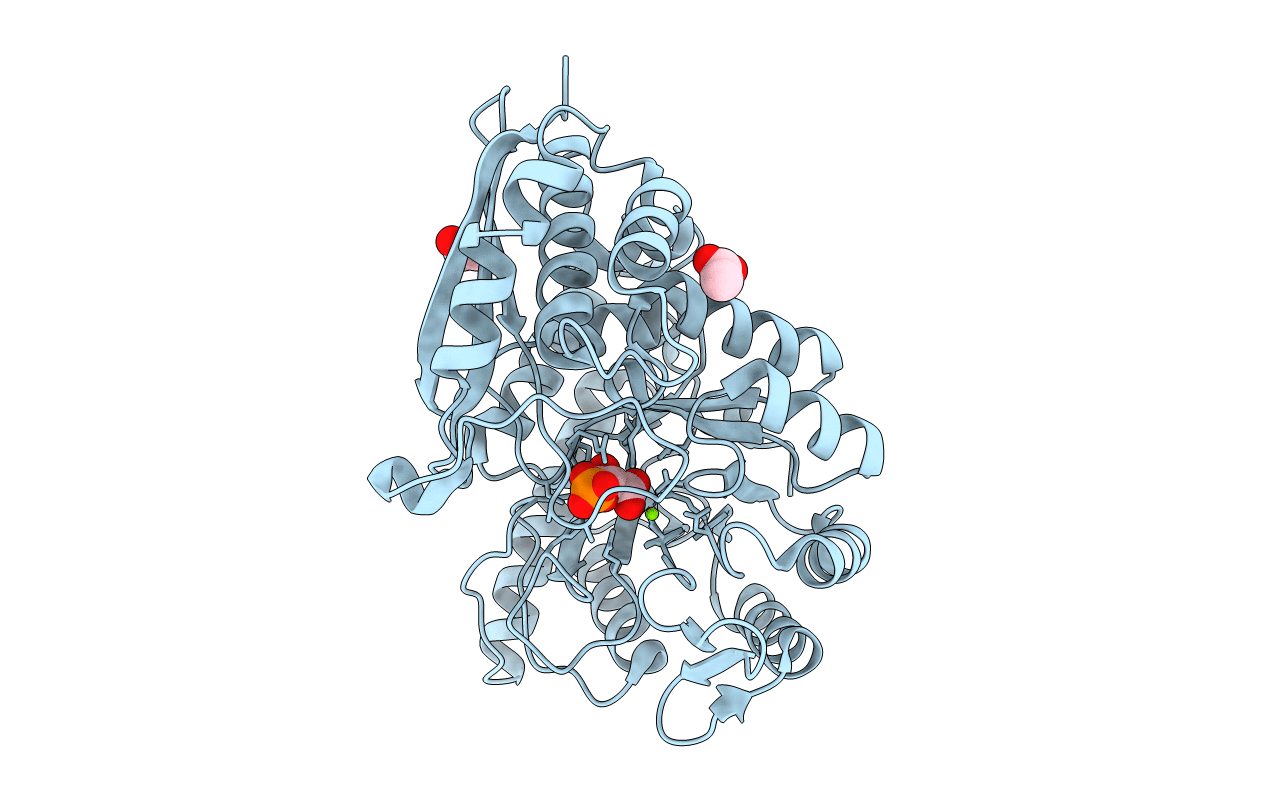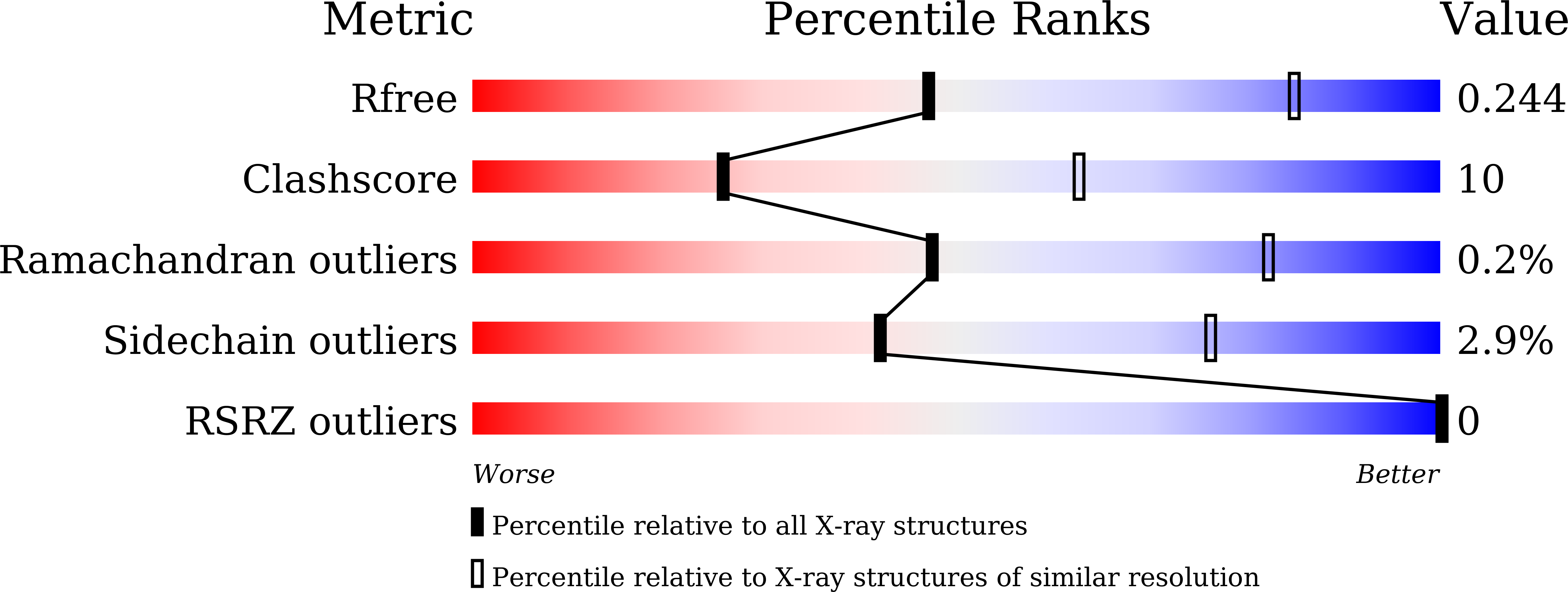
Deposition Date
2019-11-01
Release Date
2020-11-04
Last Version Date
2023-11-22
Entry Detail
Biological Source:
Source Organism:
Mycobacterium tuberculosis H37Rv (Taxon ID: 83332)
Host Organism:
Method Details:
Experimental Method:
Resolution:
3.00 Å
R-Value Free:
0.24
R-Value Work:
0.20
R-Value Observed:
0.20
Space Group:
I 4 2 2


